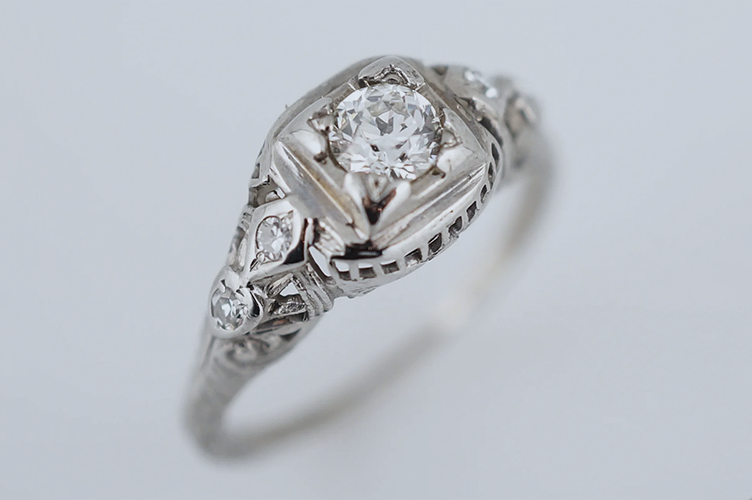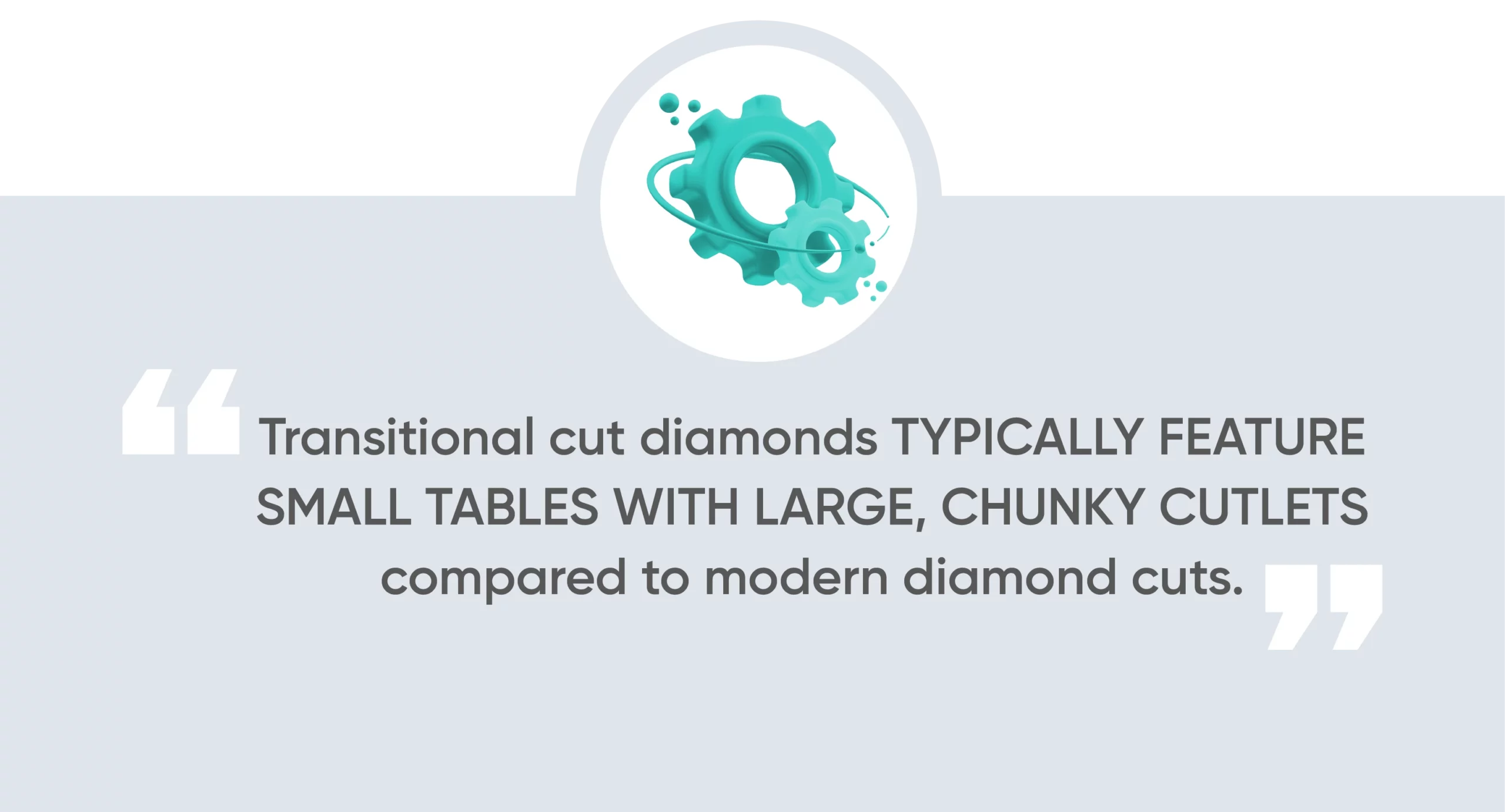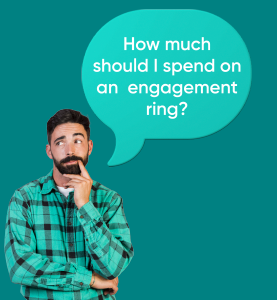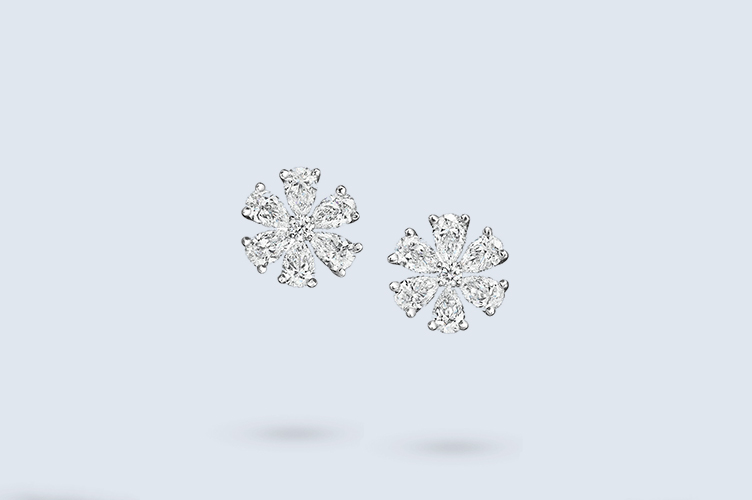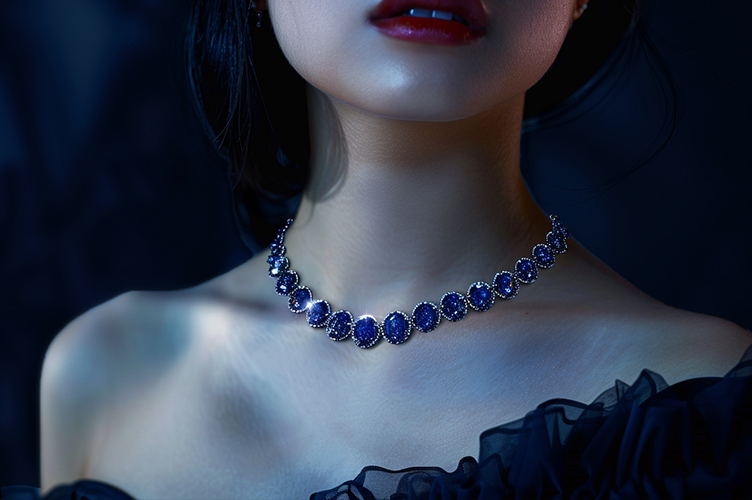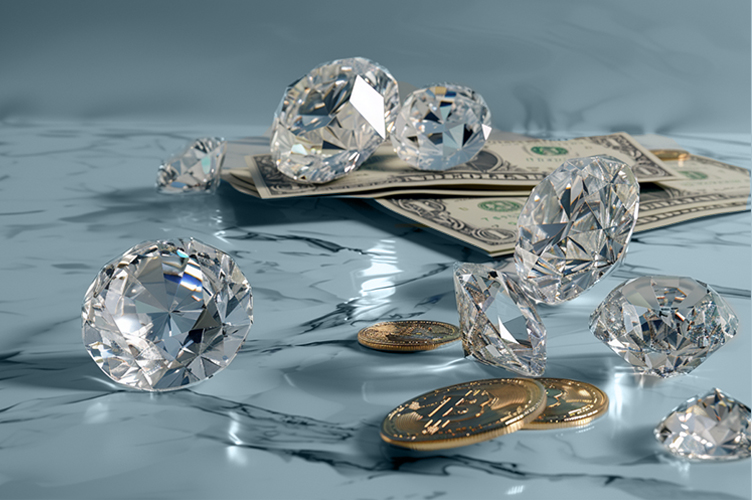Everything You Need to Know about This Vintage Diamond Cut
If you’re on the hunt for a vintage diamond that dazzles, it’s time you learned about the transitional cut diamond. These gems have a rich history and offer a beautiful glow that’s totally unique. Here’s everything you need to know.
What You Will Learn
What Exactly are Transitional Cut Diamonds?
First things first, let’s define what makes a diamond a “transitional cut.”
In the early 20th century, diamond cutters were rapidly evolving their techniques. New machinery made it possible to cut diamonds more precisely than ever before, but before modern diamond machinery allowed for the advent of the modern round brilliant cut diamond, there was a transitional period.
During this transitional period, diamond cutters experimented with new facets and designs. While, yes, they were cutting diamonds more skillfully than in the past, they hadn’t yet achieved the pristine perfection of today.
As such, during this intermediate phase, the 1930s to 1940s, transitional cut diamonds reigned supreme.
A Blend of Old and New
So what sets transitional cut diamonds apart from the diamonds of today? It’s the blend of characteristics derived from both the Old European cut diamonds and modern brilliant cuts.
Old European cut diamonds were the precursors to modern round brilliants. These stones boasted a similar silhouette to today’s diamonds, but since they weren’t made on a modern diamond cutting machine, they also included more chunky, defined features.
Transitional cut diamonds retain some of that handcrafted charm of the chunky Old Euro diamonds, but they’re more cleaned up and precise, thanks to the evolving machinery of the time.
Transitional cut diamonds also incorporate some of the exact same faceting patterns found in modern round brilliants. This allows them to sparkle more heavily than most vintage stones. It’s like getting the best of both worlds!
Unique Facet Arrangements
If you want to get to the heart of the secret sauce that gives transitional cut diamonds their distinctive appearance, it’s all in the faceting pattern.
Typically, transitional cut diamonds feature a smaller table (the flat top part of the diamond) than modern diamonds, and their culets (the bottom point of the diamond) can vary from large and chunky to small and pointed.
These features create a captivating pattern of light and dark reflections that are truly one-of-a-kind. The pattern of a transitional cut diamond bridges the gap between the old and the new.
Appreciating Antique Charm
Transitional cut diamonds are not nearly as common as modern round brilliants, which also adds to their allure. Many of these diamonds have been passed down through generations, making them both more sentimental and valuable.
Like with any antique jewelry, owning a transitional diamond means owning a piece of history. They carry the allure of the Art Deco and Edwardian eras.
If you’re a fan of vintage and antique jewelry, transitional diamonds might be the perfect choice for you.
Suggested Read: Is an Antique Cut Diamond Right for You?
Is This Diamond Right for You?
Wondering if a transitional cut diamond is the right fit for you?
It mostly just depends on your personal style. If you adore vintage aesthetics, love the idea of owning a piece of history, and want a diamond that stands out from the crowd, then look at transitional cuts.
But, you should also know that finding transitional cuts might require a bit of a treasure hunt. Antique jewelry stores, estate sales, and auctions can be great places to start your search.
Due to the rarity of early modern cuts, you might want to also consider other vintage cuts, beyond the transitional cut. The Old European diamond began coming onto the scene in the 1800s. This older cut of diamond has a lot in common with the transitional cut.
Here are the basic differences you should know:
Old European Cut Diamonds vs. Transitional Cut Diamond

Insuring Your Diamond
You’ve found the perfect transitional cut diamond. Now what? To protect any fine jewelry from loss, theft, damage, or mysterious disappearance, you need specialized jewelry insurance.
BriteCo’s affordable and top-rated policies cover up to 125% of your ring’s appraised value, and it’s fast and easy to get started.
Get an instant free quote for an affordable monthly or annual payment. Then, all you have to do is upload the required documentation, and you’ll be covered in minutes.
Also Check:
Are Rose Cut Diamonds Good for an Engagement Ring?
The Edgy Elegance of the Shield Cut Diamond
Is a princess cut diamond best for my engagement ring?
Is a Marquise Cut Diamond Best for My Engagement Ring?
What to Know Before Choosing a Ring With a Solitaire Cut Diamond

